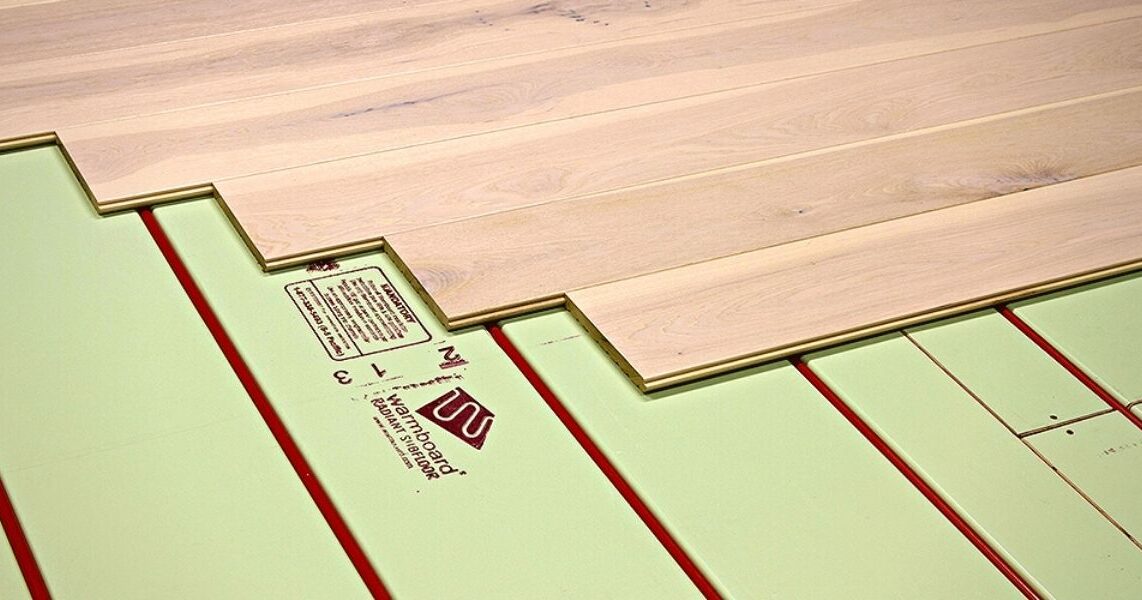I've been investigating hydronic radiant floor heating and want to share some of the links that I have found. My interest is a standalone radiant heat floor system without a water heater or engine block heater although those bits could be added to system. There are other threads covering that topic and are mostly focused on hydronic with forced air heat.
I haven't been able to find very much information on the topic of radiant floor heating in RV's. A few DIY van builds on ytube. No real comprehensive reviews after long term use of the system. So far the costs seem fairly high for just doing an experiment.
The question is how much benefit would a radiant heat floor provide in an RV for a cold climate application? Would water on the floor dry quickly? Would it be more comfortable than forced air? Opening and closing the door or having vents and windows open would it still feel warm? How much thermal mass would be required on the floor to maintain the system at a constant steady state? Systems in houses generally have concrete or tile over the heated lines.
Rixens offers a fairly complete DIY kit and a la carte pieces.
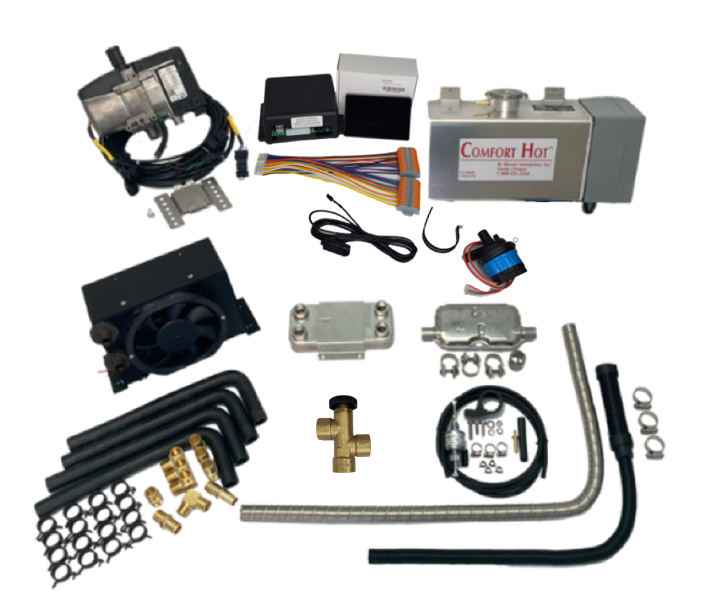
Rixens is partnered with a company that makes systems for routing PEX lines for van floors. They CNC rout a fiber reinforced foam panel for placing heat spreaders and tubing. The kit also includes a matching routed plywood subfloor. I'm not sure if the foam is Coosa, 3M or something else. I'm curious what R value they are getting from these foam boards as that spec isn't published.
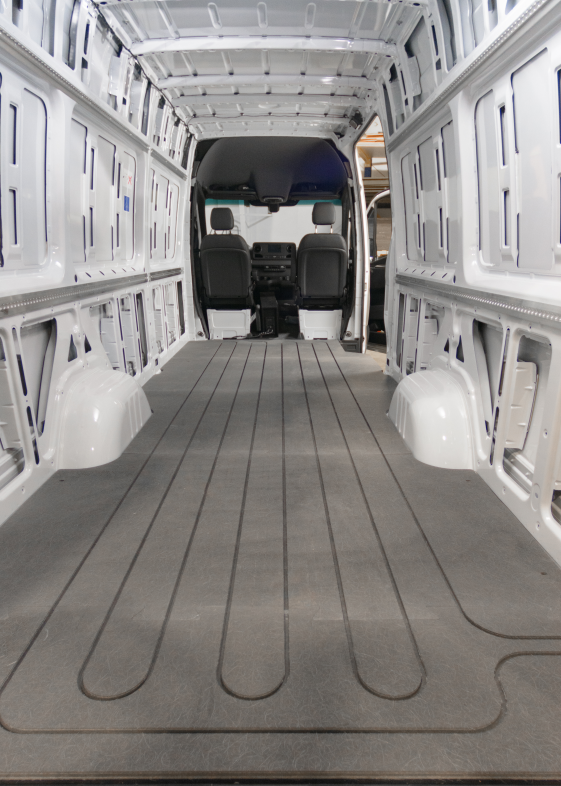
 rixens.com
rixens.com

 coosacomposites.com
coosacomposites.com
Related links
 itrheat.com
itrheat.com
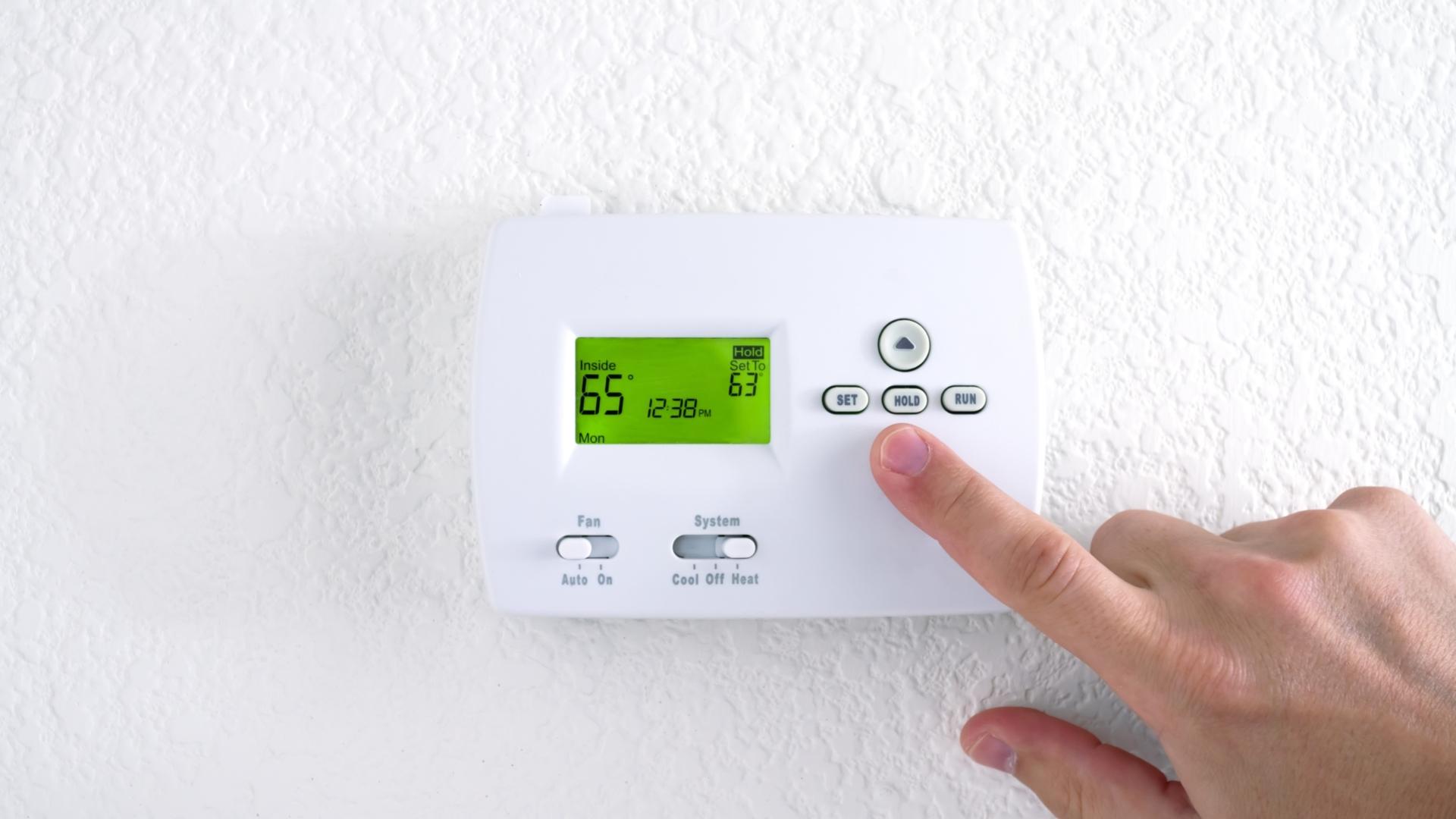
 www.thervgeeks.com
www.thervgeeks.com

 vanlifetech.com
vanlifetech.com
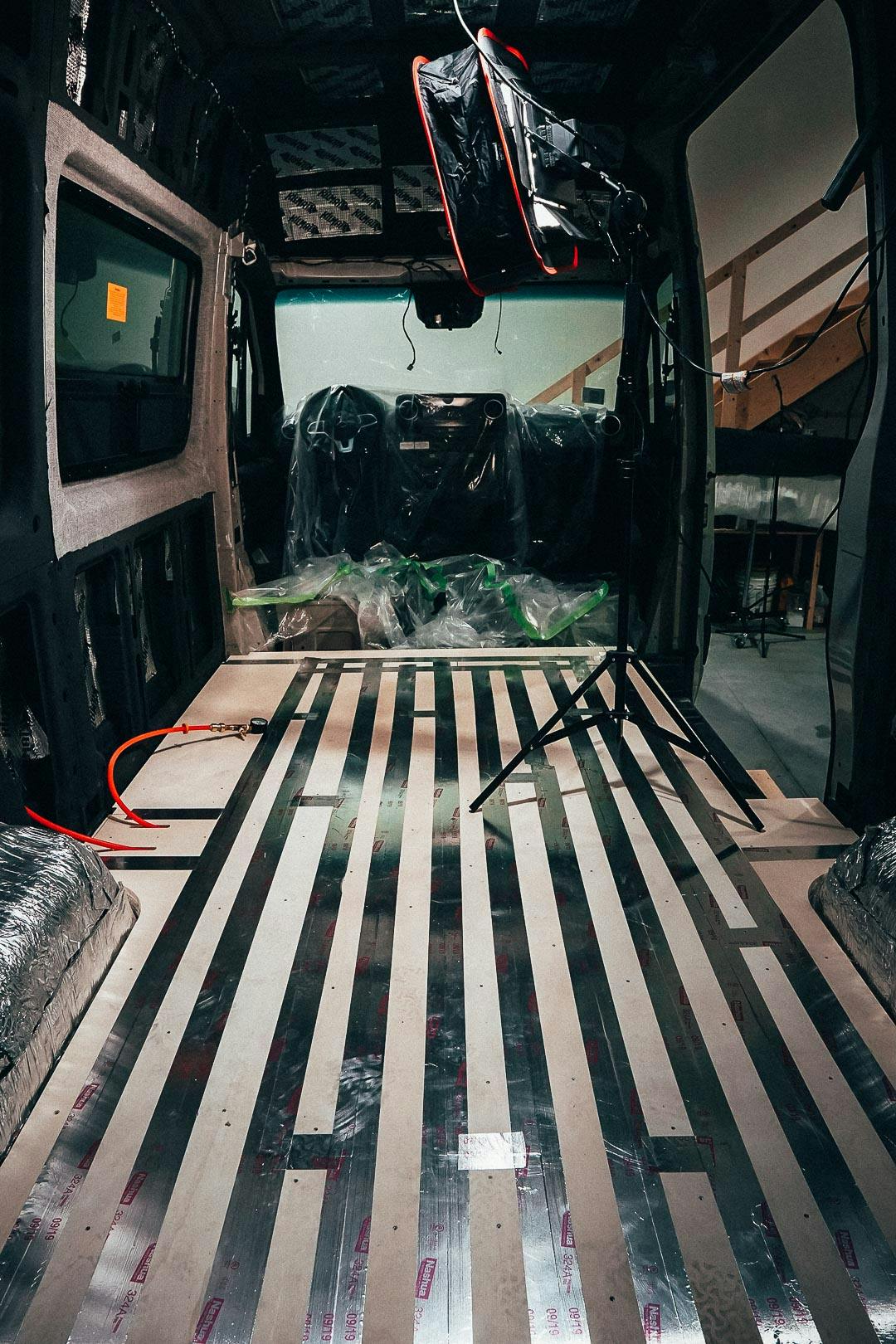
 thewanderful.co
thewanderful.co
 www.aquahot.com
www.aquahot.com
I haven't been able to find very much information on the topic of radiant floor heating in RV's. A few DIY van builds on ytube. No real comprehensive reviews after long term use of the system. So far the costs seem fairly high for just doing an experiment.
The question is how much benefit would a radiant heat floor provide in an RV for a cold climate application? Would water on the floor dry quickly? Would it be more comfortable than forced air? Opening and closing the door or having vents and windows open would it still feel warm? How much thermal mass would be required on the floor to maintain the system at a constant steady state? Systems in houses generally have concrete or tile over the heated lines.
Rixens offers a fairly complete DIY kit and a la carte pieces.

Rixens is partnered with a company that makes systems for routing PEX lines for van floors. They CNC rout a fiber reinforced foam panel for placing heat spreaders and tubing. The kit also includes a matching routed plywood subfloor. I'm not sure if the foam is Coosa, 3M or something else. I'm curious what R value they are getting from these foam boards as that spec isn't published.

Heated Flooring - By Just Roaming Design
Radiant Floor Heating for Van Conversions: Columbia Flooring System Installation Video

Reinforced Fiberglass Panels | Coosa Bluewater
Our Strongest Reinforced Fiberglass Panels, the Coosa Bluewater Series. These panels are the perfect plywood alternative. Learn more today!
Related links
RV, Trailer & Mobile Heating System – Itrheat

RV Hydronic Heating System: 11 Things You Need to Know
Heat and hot water are tremendous luxuries afforded to RVers by virtue of the fact that our rigs are homes-on-wheels with all the amenities of a

Siesta - Van Life Tech: Luxury Through Technology
Seeking an efficient heating solution for your completed van conversion? Consider our Siesta system. It provides single-stage air heating and on-demand tankless hot water in a compact, smart-controlled unit. Perfect for those who want simplicity without compromising comfort.
 vanlifetech.com
vanlifetech.com

Intro to the Van Life Tech In-Floor Radiant Heat System - The Wanderful
Looking for campervan heating options? Here's an overview of what the Van Life Tech Radiant Infloor Heating System is all about.
RV Heating Products from Aqua-Hot
RVers who want tank-less, on-demand hot water and warm interiors fueled from LP, propane, electricity, diesel and even engine heat want Aqua-Hot.
Last edited:





